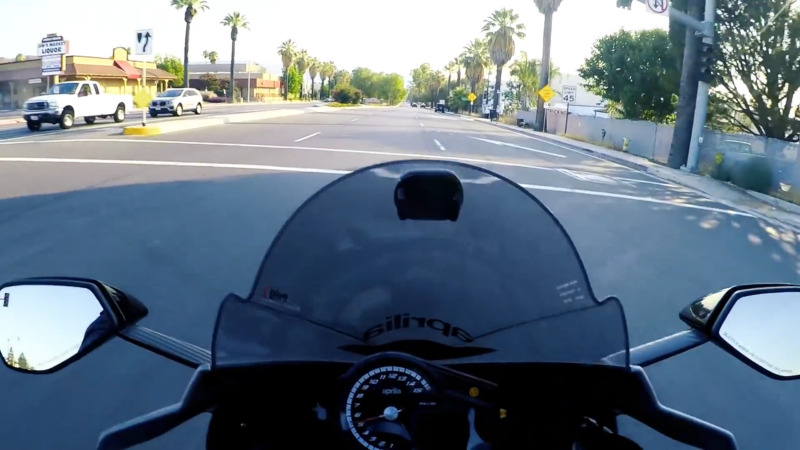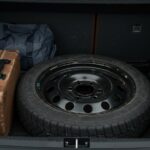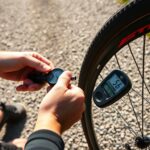When I’m buying or selling a used motorcycle, I know it’s crucial to understand what “high mileage” means for bikes.
Mileage gives me a good idea of the engine’s condition and the overall wear and tear.
Unlike cars, which typically see 10,000 to 15,000 miles per year, motorcycles are usually ridden about 3,000 miles annually.
For smaller motorcycles like sports bikes, I consider high mileage to be between 20,000 to 30,000 miles.
For larger models like cruisers and touring bikes, the high mileage is around 50,000 miles.
This average can vary depending on the type of bike and the rider’s habits. Knowing this helps me assess a bike’s value and make informed decisions.
How Many Miles Can a Motorcycle Last and What is High Mileage?
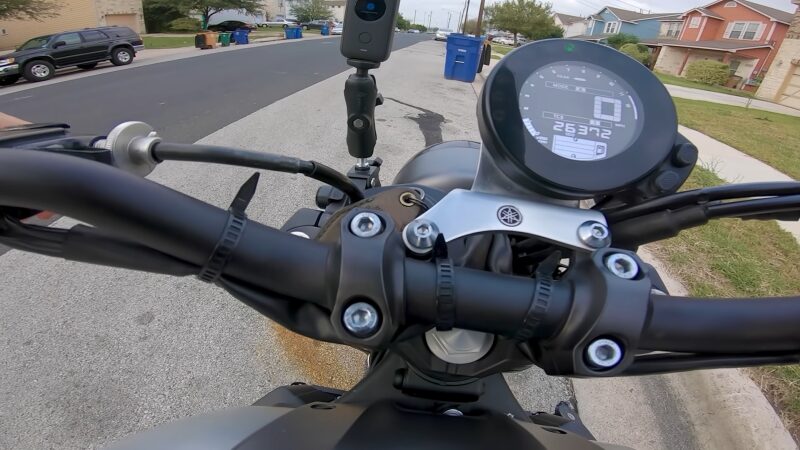
High mileage on a motorcycle generally ranges from 20,000 to 50,000 miles. For sport bikes, high mileage usually starts around 25,000 miles.
In contrast, cruisers and touring bikes typically reach high mileage between 40,000 and 50,000 miles.
However, mileage alone doesn’t tell the full story about a bike’s condition.
A motorcycle’s care and maintenance play a significant role in its longevity. The specific model and how well the owner has taken care of it are crucial factors.
So, while mileage is an important consideration, it’s just one piece of the puzzle when assessing a motorcycle’s overall condition.
What’s the Bike’s Service History Like?
More important than mileage is the motorcycle’s service history. A seller should provide basic maintenance information, and ideally, detailed service records. Here are key aspects to consider:
- Storage Conditions: Was the bike kept outside or in a garage?
- Usage Frequency: Was the motorcycle ridden regularly or left unused for long periods?
- Regular Maintenance: Did it receive routine services like oil changes, air filter changes, and cleaning?
- Service Records: Are there records for any major or minor repairs and maintenance?
Breaking in a Motorcycle Engine
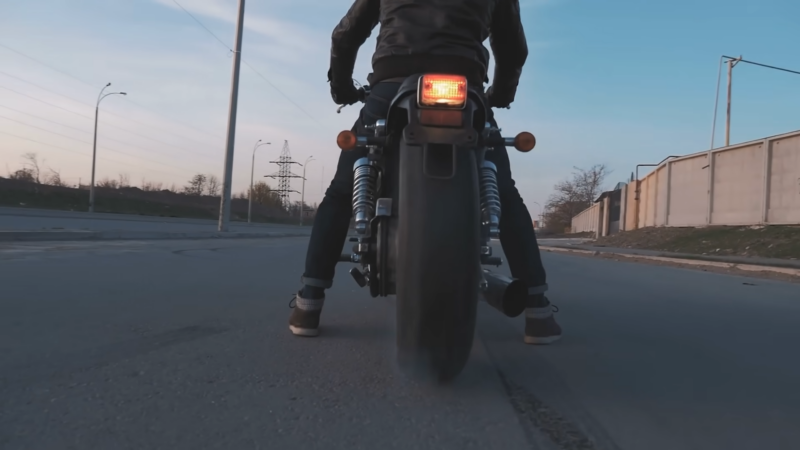
A new bike’s engine requires a break-in period, typically the first 500-1,000 miles. If the engine has been rebuilt, it needs to be broken in again as if it were new. Here are some tips for breaking in an engine properly:
- Use the highest gear possible whenever you can.
- Avoid high engine speeds in any given gear.
- Downshift before the engine starts to labor to avoid lugging the motor.
- During the break-in period, limit throttle use to no more than 3/4.
- Avoid hard stops, aggressive starts, and any sudden, rapid movements.
Storage Conditions
Sometimes, a high-mileage bike is better than a low-mileage one that’s been sitting unused in a garage. An idle bike can suffer from rust, moisture buildup, and other issues.
A well-maintained bike stored outside still faces the elements. Over time, exposure to heat and cold can affect the paint job, and the steel may start to rust.
How Does Mileage Affect Value?
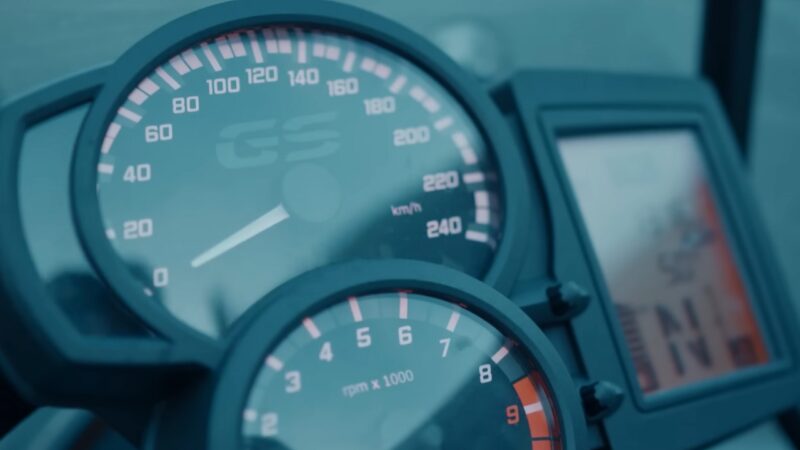
Mileage is a key factor in determining the value of a used motorcycle. A well-maintained, low-mileage bike offers great value, promising more years of reliable use.
Conversely, bikes with tens of thousands of miles have a shorter life expectancy, so it’s important to consider the miles already accumulated when evaluating the price.
For a first-time buyer, a cheaper, high-mileage motorcycle might be a better option, but be cautious not to purchase a bike that won’t last the year.
Is the High-Mileage Motorcycle Still in Good Condition?
Before buying any bike, it’s crucial to test it thoroughly. Take it for a ride to ensure it starts properly, shifts gears smoothly, and accelerates without issues. Test the handling and use both front and rear brakes. Try to envision how the bike would perform with long-term use.
For more detailed information, check out our guide on buying your first motorcycle.
Maintaining a High-Mileage Motorcycle

You can still get good mileage out of a high-mileage motorcycle with proper care. Here are some maintenance tips:
- Air Filter Checks: The air filter is crucial for keeping dirt and dust out of the engine. Regularly check and clean it to ensure the engine can “breathe” properly.
- Final Drive Check: The final drive connects the engine power to the rear wheel. This is common in touring models but not all motorcycles have it. Checking the final drive often requires tools, so you might need to do some research.
- Coolant Check: Modern bikes with liquid-cooled engines require regular coolant checks, similar to oil checks, since coolant is used every time you ride.
Final Thoughts
Many riders, especially newcomers, opt for second-hand bikes as a cost-effective way to get started. It’s a smart choice, but it’s crucial to ensure you’re getting your money’s worth.
A high-mileage bike isn’t inherently bad, but it needs to be reliable and not prone to breaking down after a few rides. Be aware of the dangers of left-turn collisions for motorcyclists, which are a common cause of accidents.
Shop wisely, and you can find a great deal. The used bike market is extensive, offering plenty of options for savvy buyers.
